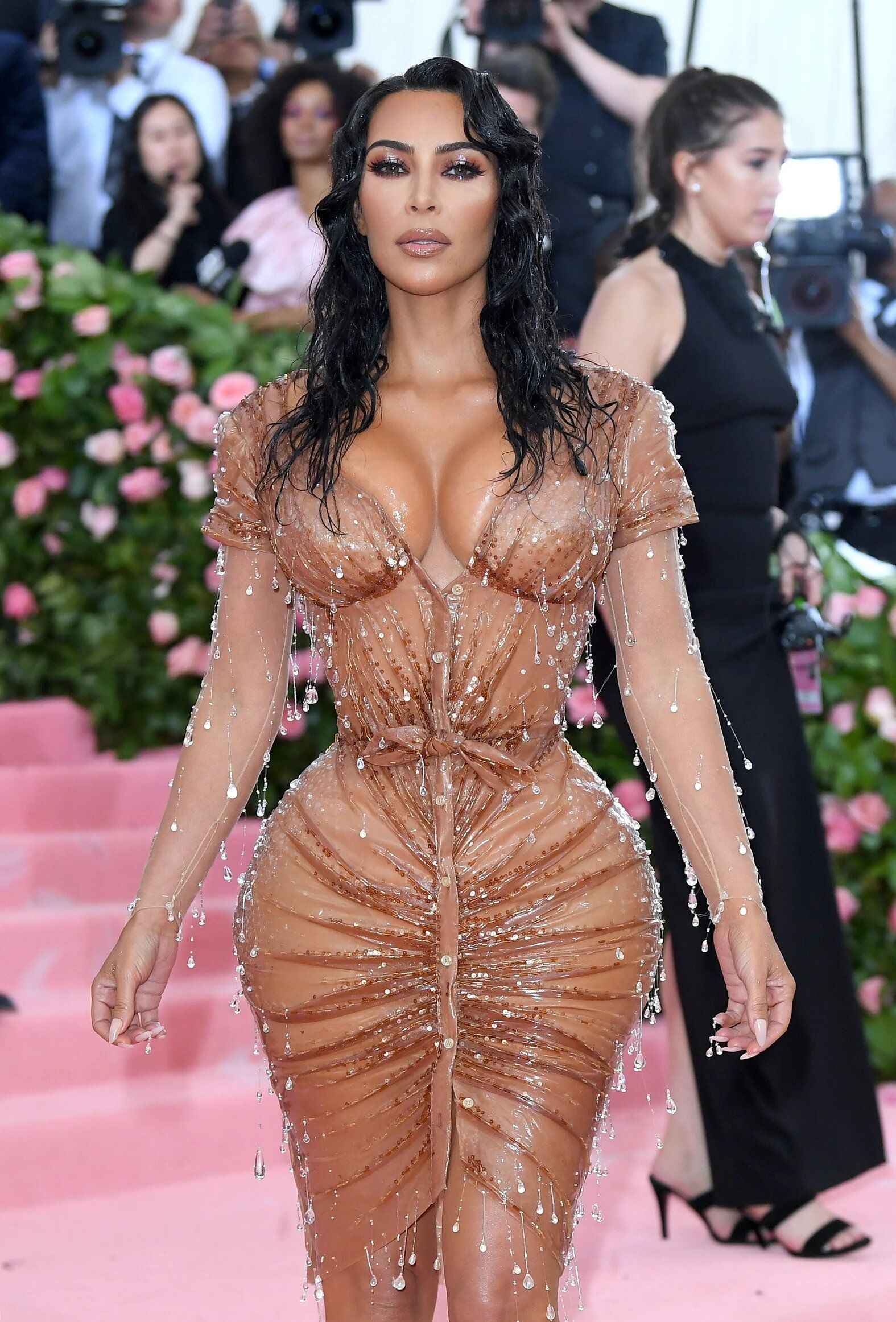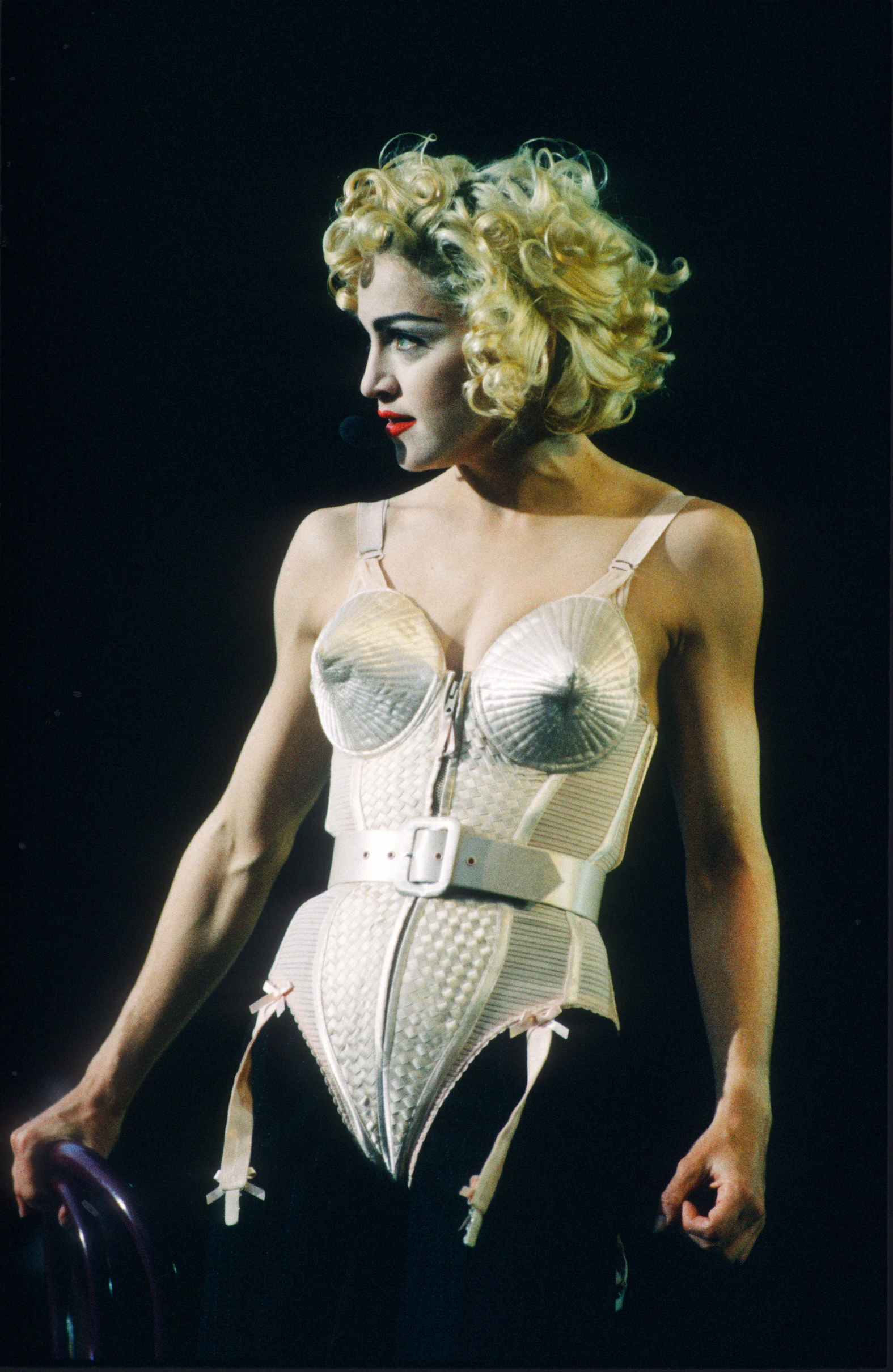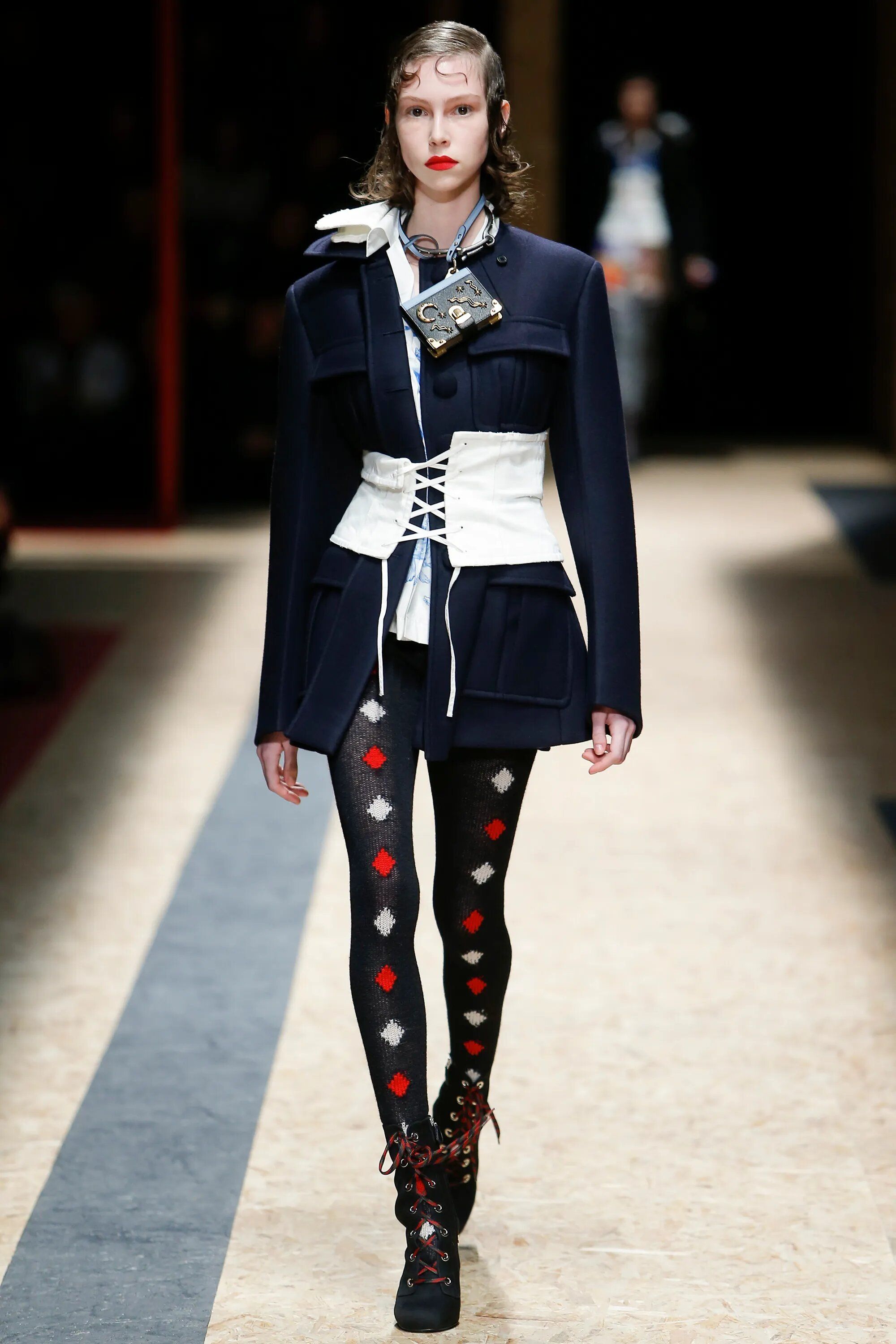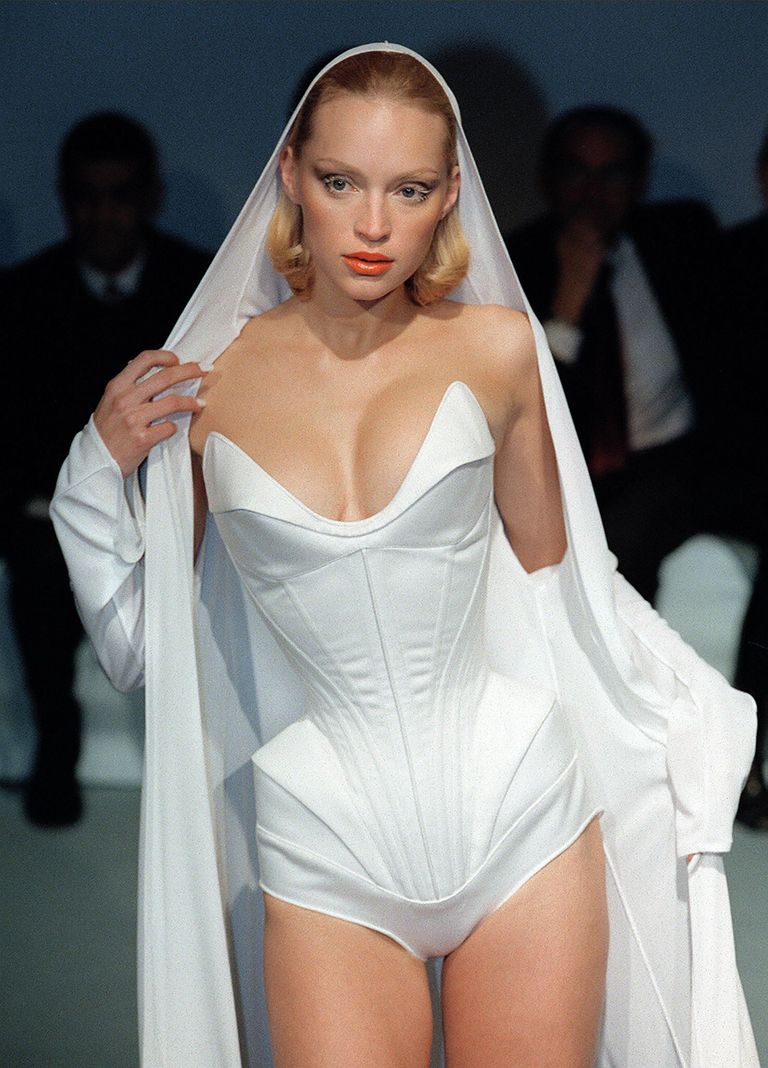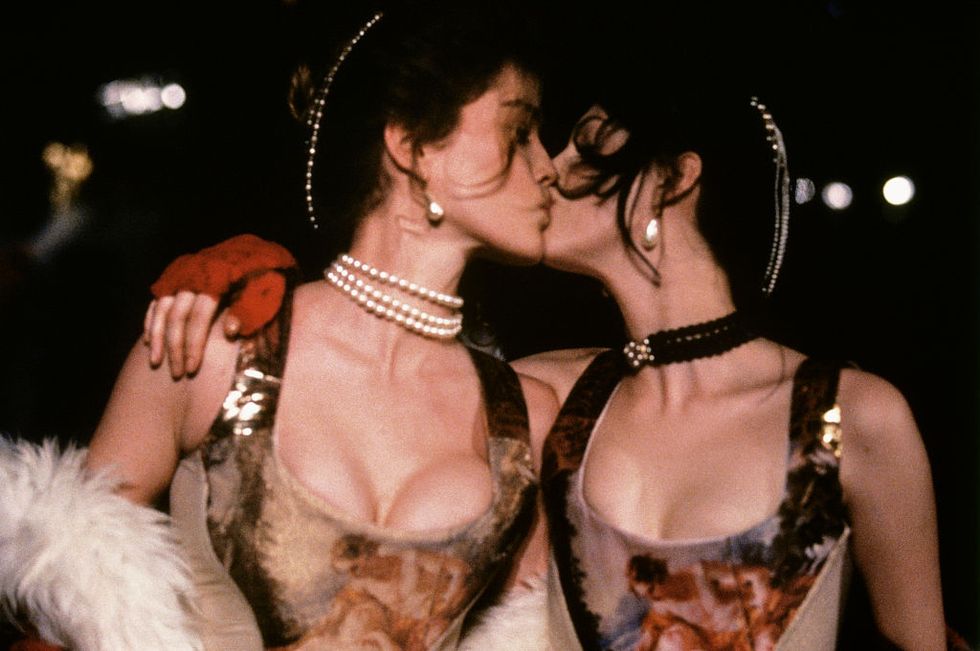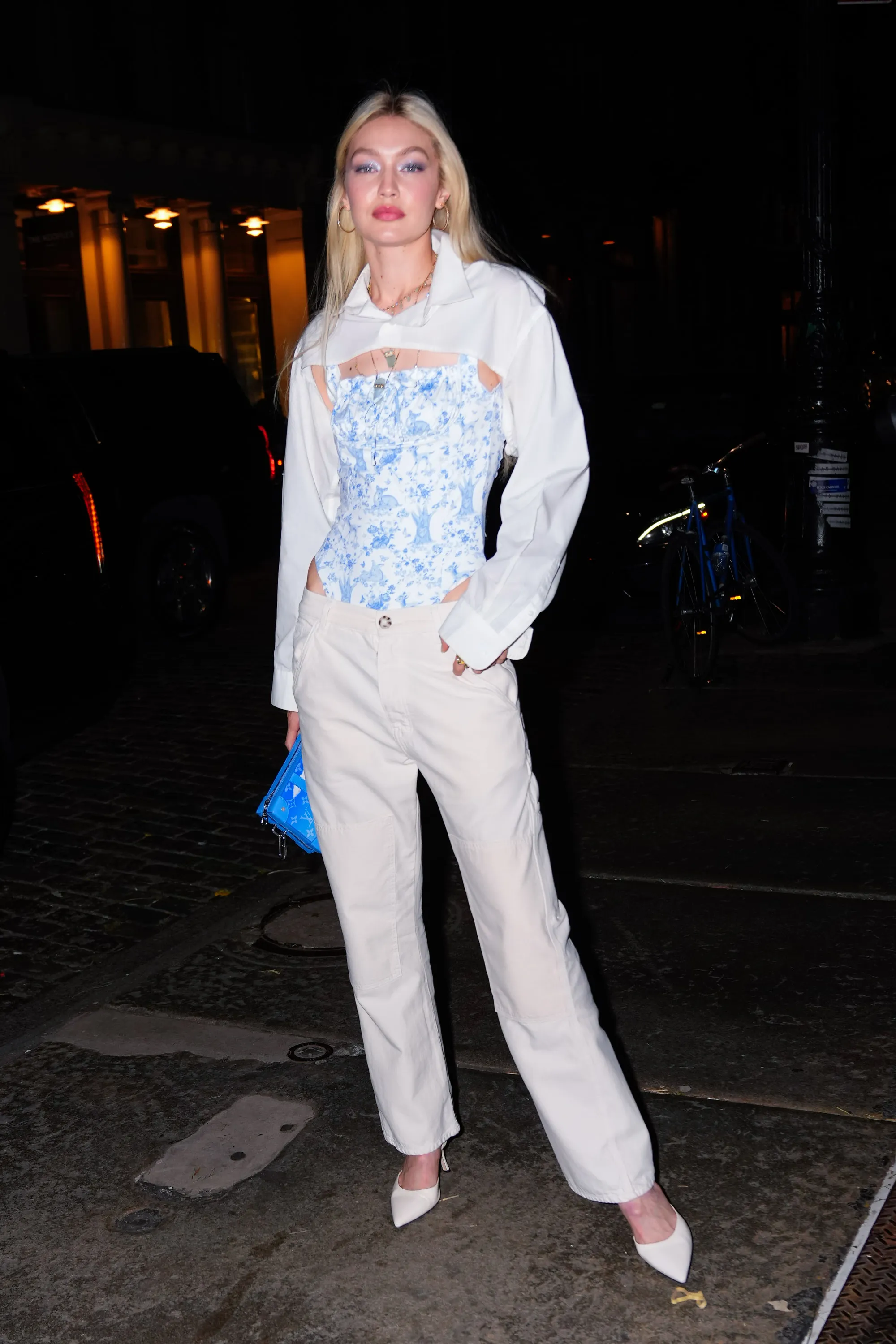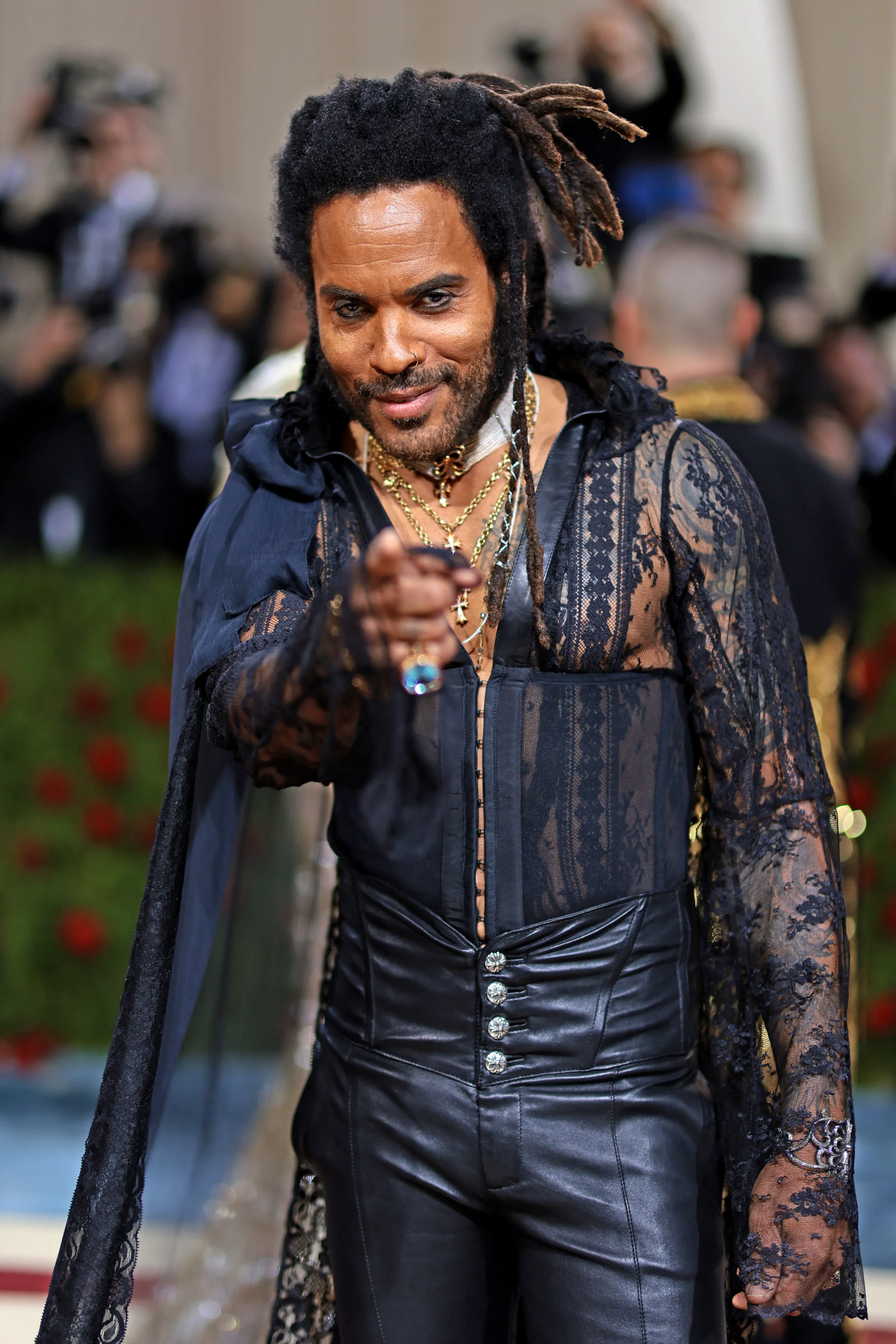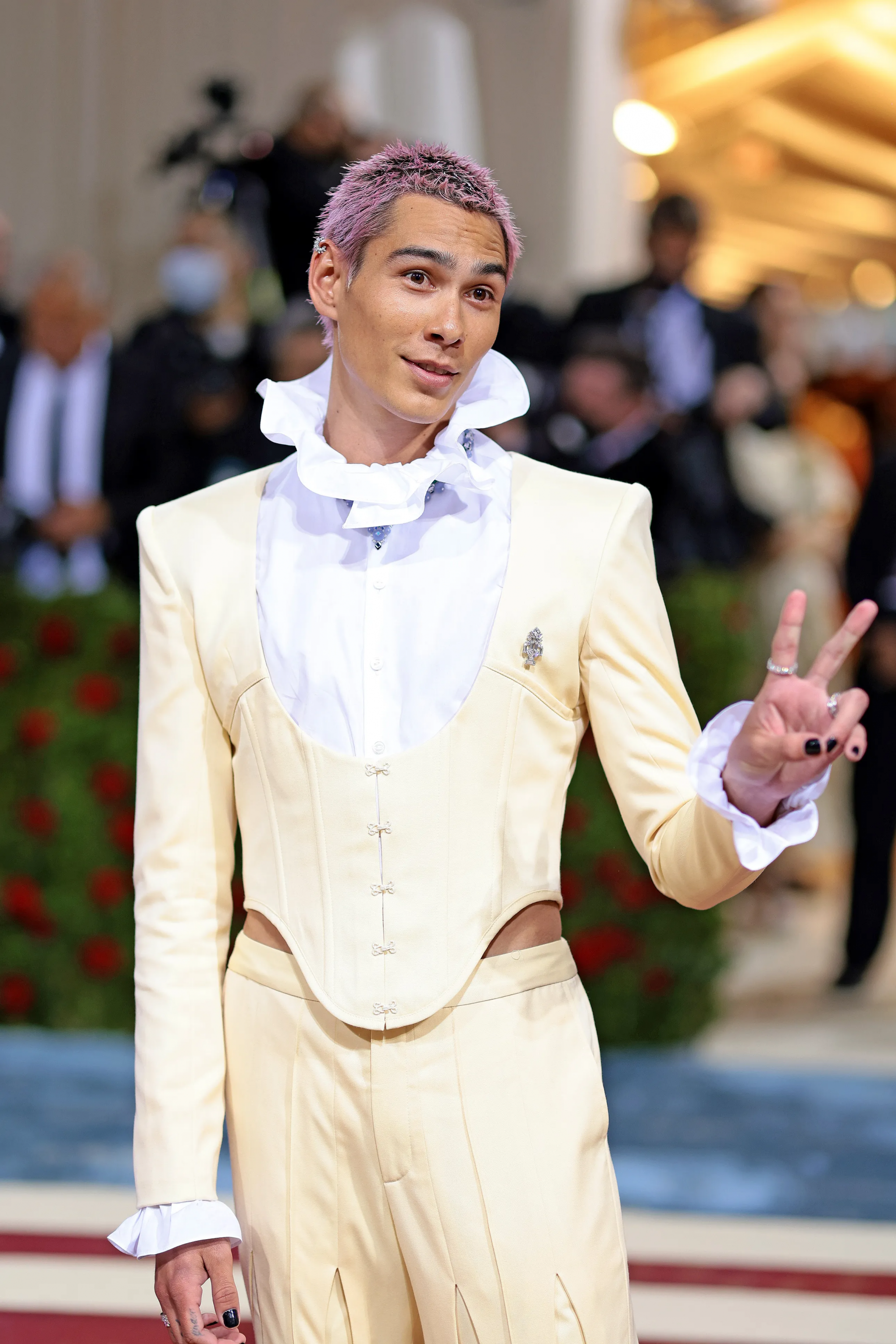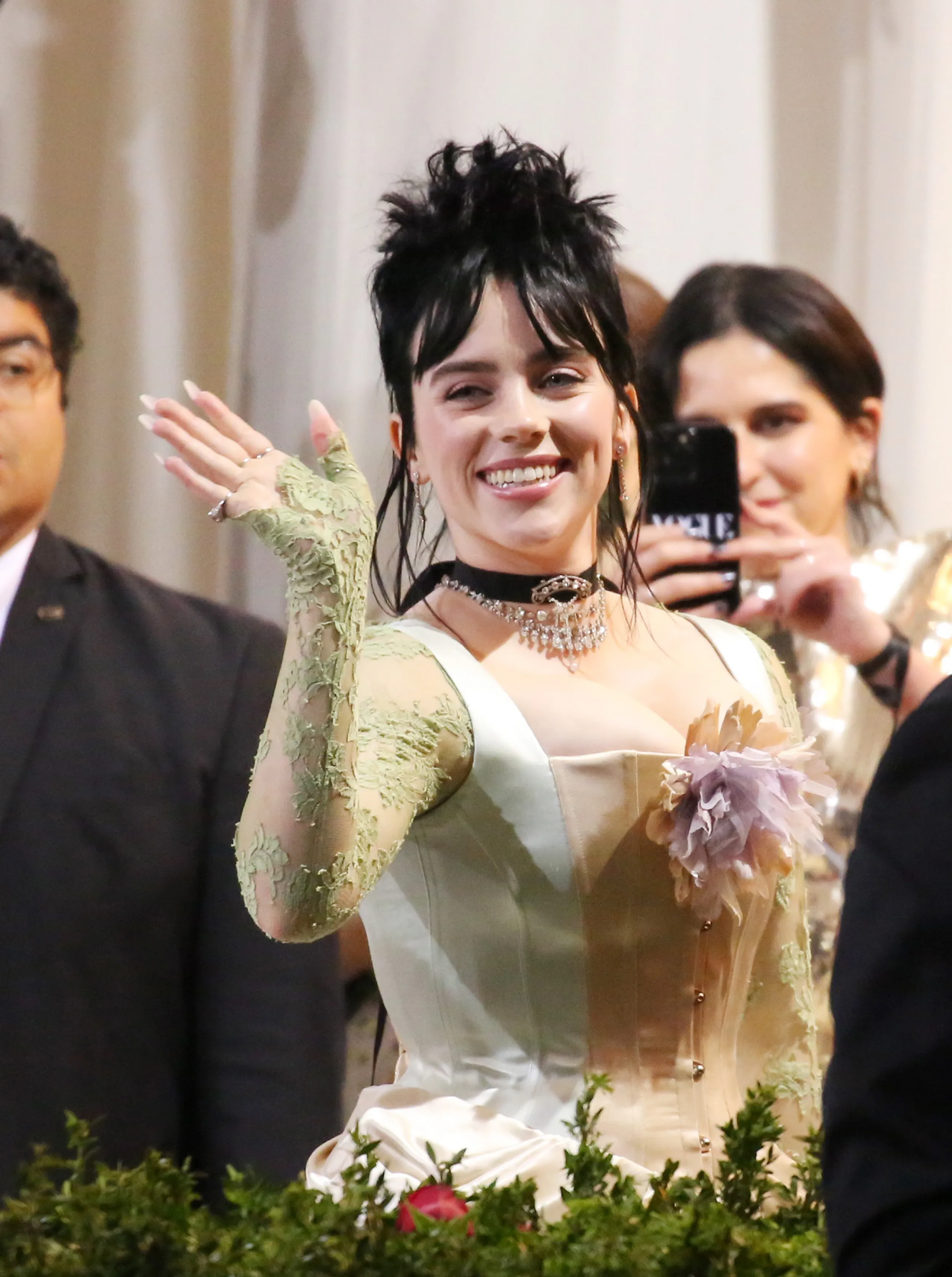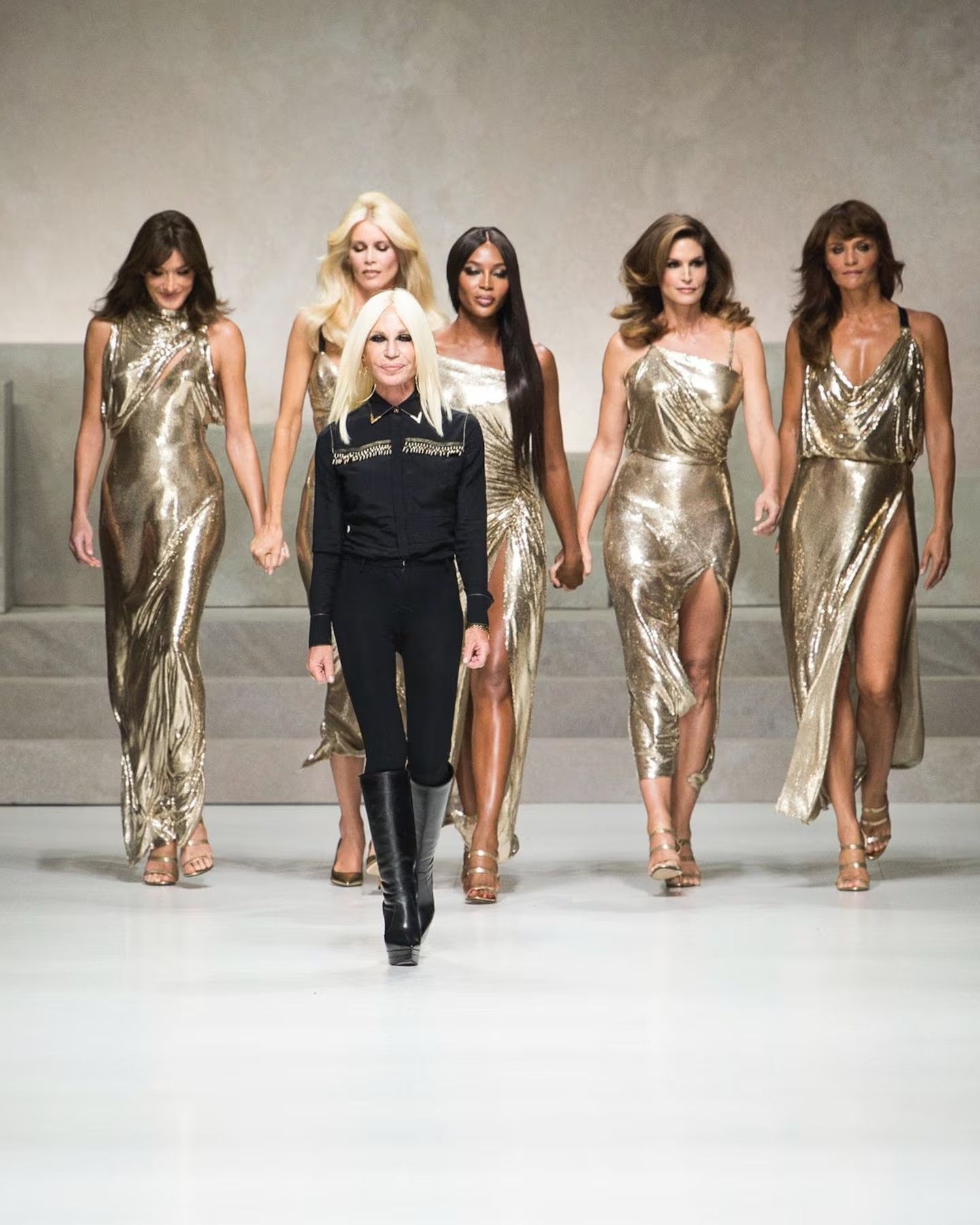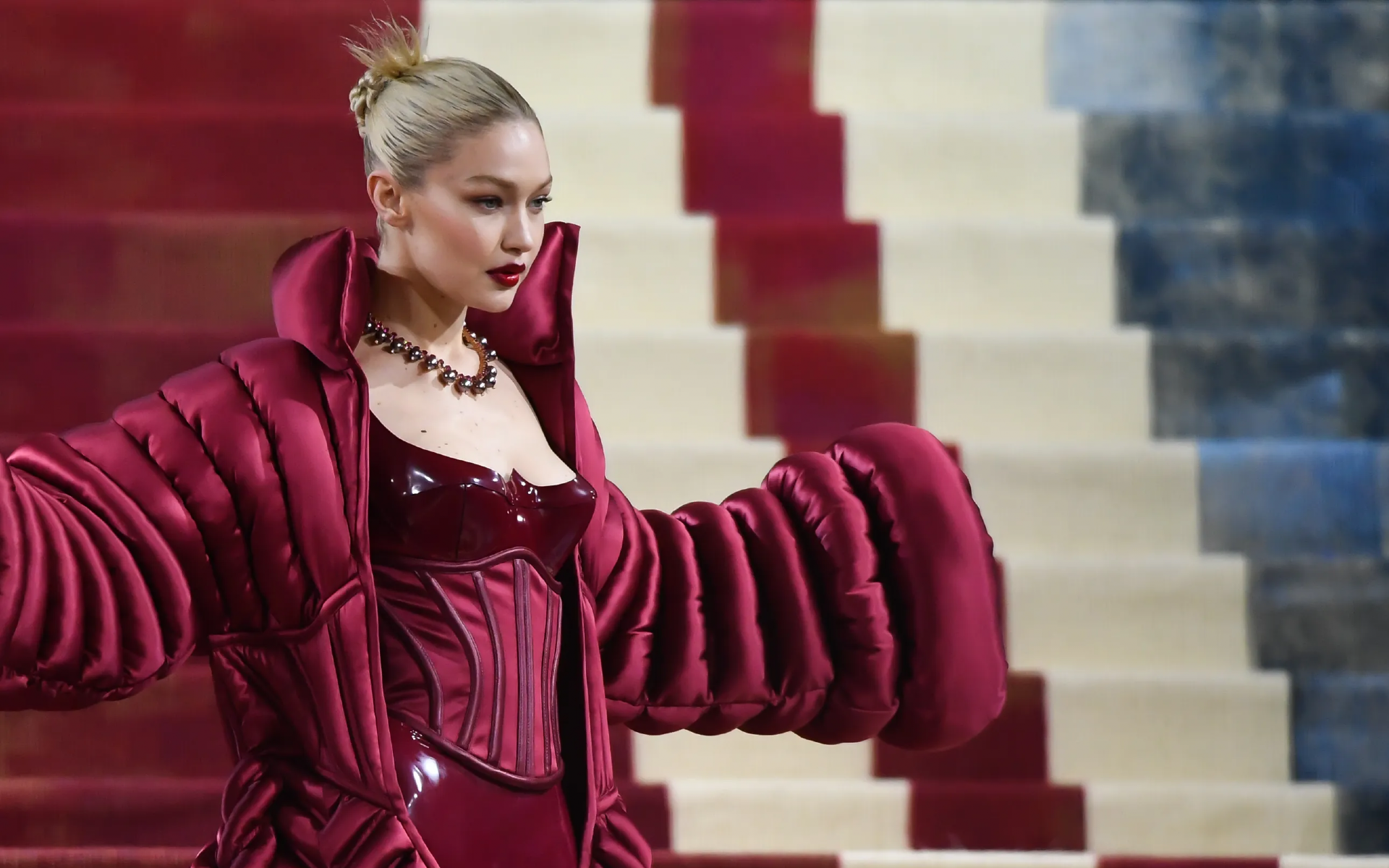
The painful revenge of corsets From Dior's New Look to regencycore
Cool hunting enthusiasts on Tik Tok call it regencycore which, translated, means the return of corsets. Austrian architect Bernard Rudofsky reflected on how human beings have always had an unfinished perception of their bodies. Perception that probably found its expressive form in this garment made of a more or less rigid bodice and laces that can sculpt any silhouette. Christian Dior had relaunched it under the wave of the New Look and then it was reinterpreted by designers such as Thierry Mugler, Jean Paul Gaultier or Vivienne Westwood. Changed the vibes, twisted the references, subverted the attitude. Yet in its long up-and-down path, the corset has always been a surprisingly contradictory garment: constricting frill, liberating armor, and even an instrument of torture according to 16th-century doctors.
And, if Franco Moschino at the height of 1980s athleisure wondered why on earth there was a need to design clothes «when you can shape the body?», it is indicative of how aesthetic ideals undergo constant change in the proposition of shapes and proportions. And so the corset has come to crowd the homepages of TikTok and Instagram under the name regencycore. Certainly fueled by the success of Netflix series such as Bridgerton - the corset is just one of the many tools the series has dropped within its drama pop narrative - regencycore is rather a phenomenon that intercepts the aesthetic categories of camp and glamour to give free rein to its inherent polysemy. Counter-evidence of this is the fact that the corset has begun to spread among male audiences, restoring its original genderless meaning. Lesson embraced by Evan Mock who, for the Met Gala 2022, wore a tailoring version of Head of State, just as Lenny Kravitz deconstructed it into a leather pant crossed with a shirt with transparencies.
And, perhaps, even more glaring evidence of this is Prada's reinterpretation of it in SS22, creating a bodice borderline with normcore. Because, as much as the Italian brand is tied to a deeply ugly chic aesthetic, it has always made eroticism a subtle and cynical tool of social reading. This is the reason why while the corset has kept its meaning essentially relegated to the (s)comfortable sphere of femininity or sensuality, it has also disengaged from this narrative model to find a more complete (and complex) dimension in the era of inclusivity. From a garment with an essentially baroque aesthetic disciplined by rigid materials such as whalebone, the corset is undergoing a remodeling that has made it a full-fledged outerwear garment. All the way to forms of contamination that even bring it closer to beachwear, such as the look recently seen on Gigi Hadid, who used a one-piece swimsuit from her capsule collection as a top. Kim Kardashian had told WSJ Magazine that she had never experienced so much pain from being inside the famous Mugler bustier at the 2019 Met Galas. A few years later, this would perhaps sound like a rather anachronistic story.










































